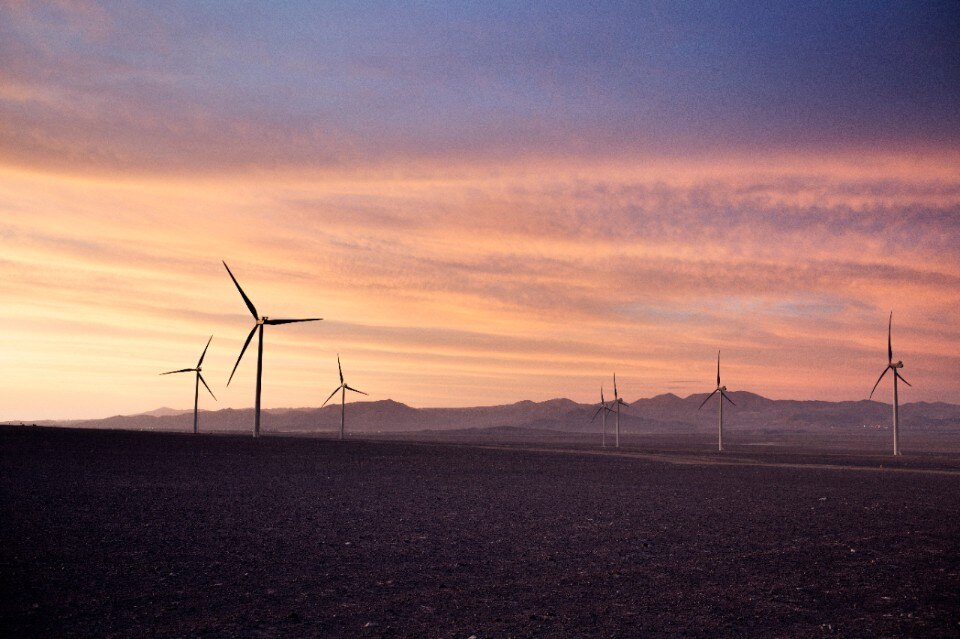
Horizontal panels naturally function as platforms for actions and behaviour – these are the sites where life happens (floors, tables, benches, fields, streets). She terms these: “energetic accumulators”. Vertical panels privilege the eye and are the carriers of messages and ideologies (walls, screens, paintings, billboards). Zittel calls these “ideological resonators”.
Sometimes, panels traverse both dimensions and become three-dimensional (e.g. cloth draped over an object or on the body). She now more frequently exchanges the word panel with the terms ’field’ or ’plane’ as these words suggest both physical and psychological dimensions.

Ultimately however, Zittel’s interest lies not so much in the architecture or structures themselves, so much as in how they are experienced both physically and psychologically. In a culture where we are increasingly being fed an endless stream of stimuli that we are never able to fully process or utilize, she hopes that these platforms, boundaries and divisions will create moments of pause, and a heightened attention to the sometimes fleeing nature of the realities that we construct around ourselves.
Rather than being functional in a ‘literal’ sense – these structures reflect on issues of space, context, and the physicality of how we experience things in the world: Why do we attribute the role of ‘seat’ to a horizontal plane at a height of 45 cm, and the role of ‘table’ to a horizontal plane at a height of 75 cm? Does every vertical plane function as a separator or boundary? Why shouldn’t we be allowed to stand on these ‘table planes’ or eat on the ‘seating surface’? These spatial contexts can be interpreted objectively in an unlimited number of ways. The artist quietly undermines our assumptions.

This delicate push and pull, titillation and hesitation, is felt throughout the exhibition, not only amidst the installation but also in the connection between the Hortiflora area and the Braem Pavilion. This two-part exhibition traverses from the extraversion of the open field to the introversion of the biomorphic pavilion.
The works installed in the Braem Pavilion represent a selection of pieces executed over the last several years. Similar to the Flat Field works – these also explore the format of a rectilinear ’panel’. Hand woven textiles, carpets, steel and sculptural works point to the distinctions that we make between art (a conceptual object) and design (a functional object), painting (two-dimensional) and sculpture (three-dimensional), and representation (illusion) and reality (the actual object).

until 27 September 2015
Andrea Zittel
The Flat Field Works
Middelheim Museum
Middelheimlaan 61, Antwerp

The Trafic parquet collection: a new language for spaces
Designers Marc and Paola Sadler draw on now-extinct urban scenarios to create an original and versatile product for Listone Giordano.







